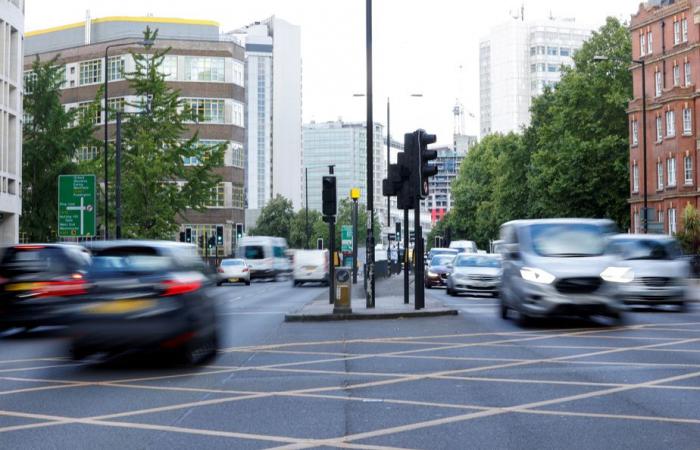A new standard aimed at combating car pollution in London has surprising effects: the number of children who walk or cycle to school there has increased twice as quickly as elsewhere
Posted at 1:11 a.m.
Updated at 5:00 a.m.
Tax pollution
London wants to improve its air. To do this, it imposes restrictions on old gasoline vehicles. Since last year, the entire London metropolitan area, home to nearly 9 million people, has been an Ultra Low Emission Zone (ULEZ). Motorists who want to access it with a vehicle built in 2005 or before must pay a fee of 12.50 pounds (approximately $22 CAN) per day. Newer vehicles are not subject to the tariff. It is the largest low emissions zone in the world. “Nearly half of Londoners do not own a car, but they disproportionately suffer the harmful consequences of polluting vehicles,” argued the mayor of the British capital, Sadiq Khan.
See London’s Ultra Low Emission Zone
More active
Researchers from Queen Mary’s and Cambridge universities took advantage of the implementation of this policy, initially launched in a smaller area of London in 2018, to study its impact on the population. In a study published in the September issue ofInternational Journal of Behavioral Nutrition and Physical Activitythey note that the number of students who go to school by active transport (walking, cycling, scootering) was sharply increasing in London one year after the implementation of the initial zone. “We had hypothesized that this would be the case, but in the absence of real data from this natural experimental study, we could not be sure,” summarizes Jenna Panter, researcher at the Medical Research Council (MRC ) from Cambridge University.
2 out of 5
Researchers found that 2 in 5 students who previously drove to school now walked, biked or scootered. In Luton, a town near London where the ULEZ standard has not been implemented, 1 in 5 pupils have moved from a form of passive to active transport. This means that the attraction of active transport was twice as great in the area which restricts old gasoline vehicles. The study is based on a questionnaire answered by parents of children aged 6 to 9 who attend 84 primary schools located in London and Luton.
More pleasant travel?
Researchers do not know whether it was a reduction in motorized traffic, or the additional costs potentially incurred by parents to drive their child to school, that caused this change. “Walking routes have become calmer and more pleasant to travel,” says M.me Panter. We asked parents about this in our questionnaire, and we hope to analyze this data soon. The fact that the Low Emission Zone had an effect on children’s travel patterns shows the potential of clean air zones for improving health. »
Increased autonomy
Studies have shown that children who walk to school rather than in a motorized vehicle develop a greater sense of independence. Active transportation is also associated with increased physical activity time among children, as well as increased academic achievement. Better air is also conducive to learning, points out Mme Panter. “We know that air pollution linked to automobile traffic affects the neurological development, cognitive abilities and lung function of children,” she says.
More than 300 zones
In addition to the Ultra Low Emission Zone, central London is governed by a congestion pricing zone. Motorists must pay 15 pounds ($27 CAN) per day to access it. In recent years, more than 300 low-emission zones have been established in cities across Europe to improve air quality. In Canada and Quebec, no similar initiative has yet seen the light of day.






